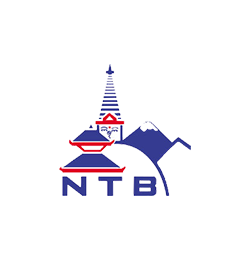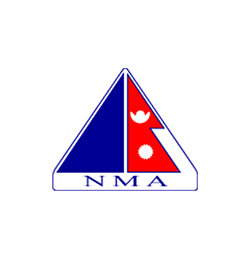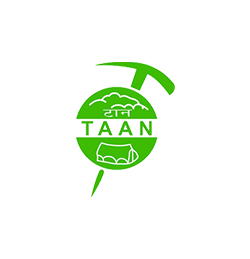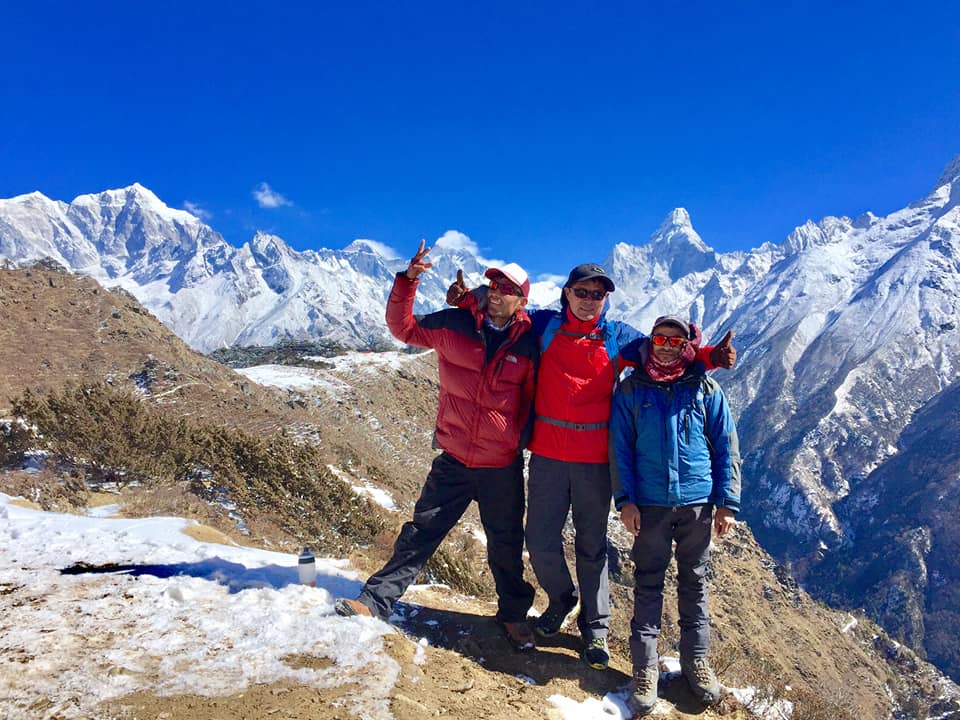
‘An adventure to the famous and exciting world’s highest mountain base camp’
Overviews
The top ten guidelines for Everest Base Camp Trekking allow travelers to prepare, before heading towards their dream destination.
There are many various subjects to be added to this text to Everest base camp. But to make it easier, we have lined only the most important and necessary topics in this text.
Which will be a great help and support for interested travelers on their way and first time to Everest base camp. As well for people visiting other Himalayan destinations, where information is closely related like on route to Everest base camp.
The top ten guidelines, which most visitors might be unaware of, but going through the text. Will certainly help to plan the exciting and scenic adventure to Everest base camp. As well as collecting the knowledge of the areas, likewise accommodation and foods, as well important items to carry. Including facilities to
expect on walks to overnight stops.
Everest base camp trekking is one of the most popular and famous adventure destinations in the Himalayas. Where thousands of trekkers visit every good season of the year soaking in the beautiful surroundings amidst towering peaks.
Everest base camp trekking, is an exciting place on earth, due to its world’s highest mountains range and impressive cultures.
The charm and beauty of Everest base camp are one can trek during all seasons of the year. Except for the wet monsoon times of July and August, it will be overcast with dark monsoon clouds. The best time is spring and autumn/fall. One of the high seasons for trekking around the Himalayas and Everest base camp.
The Top Ten Things to Remember while Heading for Everest Base Camp Trek:
01: Domestic Flight early morning to Lukla Tenzing & Hillary Airport.
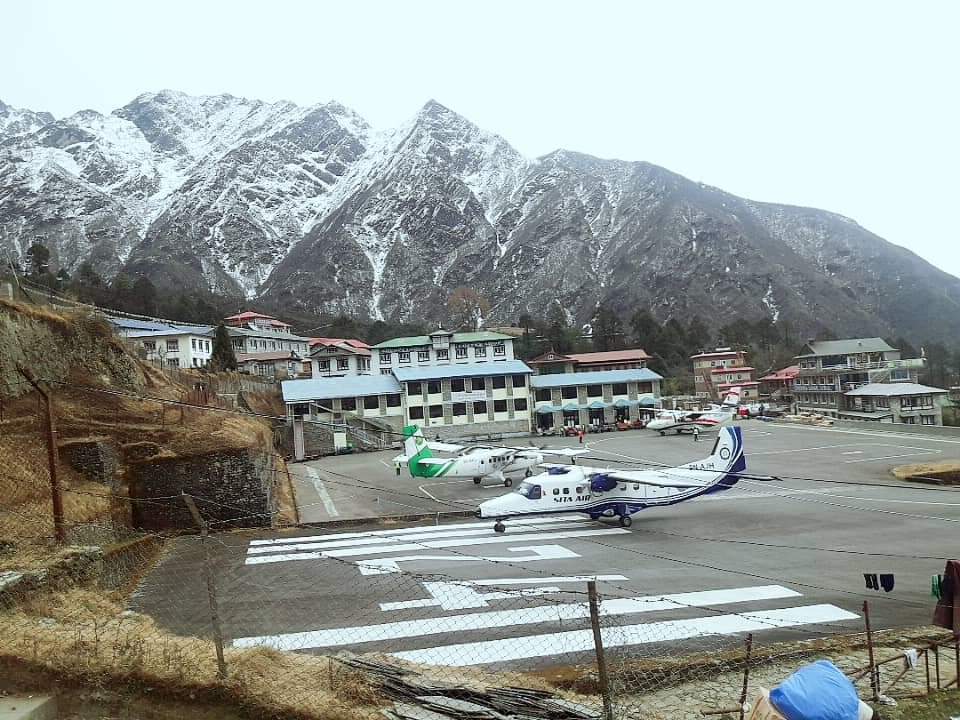
The flight to Lukla operates from Kathmandu airport, as well as from a Manthali town airport of Ramechap district sometimes. Around the peak trekking seasons of the year, due to heavy air traffic in Kathmandu domestic and international airports. Normally the flight takes off from Kathmandu, in case changes occur the trekking agents or airlines will notify you. The flight to Lukla whether from Kathmandu or Ramechap, Manthali airport, starts early morning from 6:30 a.m. till 2:00 pm. If the weather is fine for flying in and out from Lukla, the Himalayan weather plays an important role. For flying around mountainous airports, the flight to enchantment with mind-blowing views of the Himalayan peaks during a short flight. That is about 30-35 minutes from Kathmandu airport and 12-15 minutes from Ramechap airport.
The flight to Lukla is operated by several domestic airlines, the small aircraft are Twin Otter, Dornier, or similar types. Accommodates 22 passengers depending upon the weight of bigger baggage and handbags.
The weight allowance is restricted to 15 kg with an extra 5 kg on handbags. The plane is piloted by the main pilot / Captain and co-pilot with an air steward either a male or female hostess. An exciting flight that takes you above the beautiful countryside, facing grand views of Everest and other ranges of peaks.
02: Purchase Travel / Medical Insurance in case of emergency rescue.
Before planning the trip to the Everest base camp trek, as well as booking with respective agencies. All trekkers should be well aware to purchase Travel and Medical Insurance from their respective home countries. Which is far better than buying insurance in Nepal, due to various obligations to claim the incurred expenses.
Travel insurance is required in case of flight cancellation due to bad and unfavorable conditions. Either during the start of the trek or at the end in Lukla, sometimes the delay and cancellations prolong; for many days.
Where you plan for the Everest base camp trek can be hampered missing many days, as well the expenses get higher. In this situation, one can claim from your Travel Insurance, along with a supporting letter from the local agencies or airlines.
In certain situations when the bad weather extends for some days, you might want to take the chance. That is flying on a chopper from Lukla or at the beginning of treks from Kathmandu.
Medical Insurance is as important as Travel Insurance, where unforeseen accidents or ill health can occur anywhere. During the trek, especially en route to higher terrain, and gain in altitude, if one gets sick on treks. From diarrhea, cold, or AMS (Acute Mountain Sickness), when the symptoms of any illness in the
the mountain can be dangerous.
The victims need to be evacuated immediately to the nearest safe place or back to Kathmandu for proper treatment.
The fastest means of transportation for an emergency is using Helicopter Service, in the end, one can claim from your insurance. As well as all expenses incurred on breaking the journey with extra costs in the hotel and medical bills.
03: Do not forget to carry Sleeping Bags and Down Jacket.
Although one will be spending overnights in local lodges and Tea-Houses on trekking to Everest base camp. Using your sleeping bags with an inner liner will be the best, as the blankets are provided by the lodge. It could be unhygienic for you to use, but having your sleeping provides much more comfortable and hygienic than using lodge blankets. Sometimes in higher areas, the blankets will not be enough
against freezing night and morning temperatures. The best to carry all season’s sleeping bags from home or one can buy or hire them in Kathmandu. At a reasonable price than in your home countries. Sleeping bags will be a great comfort throughout the trek on designated overnight stops.
Similarly ‘Down Jacket’ is important and necessary on treks to Everest Base Camp in all good seasons of the year. During the day on walks, a down jacket is not necessary, but as you reach exposed higher regions. The wind-chill factor is strong with freezing temperatures, better to be well equipped against wind and cold wind. Down Jacket comes in various qualities, best with down feathers which can
be bought in stores at Kathmandu. As well one can hire for the trek at a reasonable price, with some conditions and responsibility. Taking care of and should be handed back to the hiring shop as it was before, without any damage.
04: Diamox Tablets and Medical gadgets (Oxo meters).
Everest Base Camp Trek involves high altitude and could be strenuous sometimes, it is always advisable to drink water 2-3 liters. To fight against AMS (Acute Mountain Sickness) and dehydration, and stay safe throughout the journey.
The doctor might recommend using Diamox pills/tablets and carrying Oxy meters for the Everest base camp. Altitude Sickness or AMS (Acute Mountain Sickness), is the most important thing to know for trekkers. There are two main symptoms of Altitude Sickness or AMS: HACE (High Altitude Cerebral Edema) water in the brain and HAPE (High Altitude Pulmonary Edema) water in the lungs.
Diamox pills, as safety measures and precaution against high altitude sickness. Diamox is a brand name for Acetazolamide, which can reduce or prevent the symptoms of AMS or High Altitude Sickness and lowers headache, tiredness nausea, and dizziness. But in normal conditions, it is used as a medication for the
treatment of glaucoma, epilepsy, and idiopathic intracranial hypertension (a condition of increased pressure on the brain, without any cause). At present mostly carried by trekkers for treatment of edema on AMS or altitude sickness.
Taking the right dose as advised by your doctors, the side-effect is that makes you pee frequently. Oxy meters are helpful to know the oxygen level in your body at certain heights but remember. At high altitudes the Oxygen level is low, as well as the air pressure, get all the information from the doctors. For a safe and enjoyable trek to Everest base camp.
05: Get a local SIM card and Use 4G. At Kathmandu the best.
Planning for the Everest base camp trek, make sure to collect information regarding the internet, Telecommunication, and Wi-Fi. At present most villages and temporary settlements like Dingboche, Pheriche, and Lobuche, as well as Gorakshep. Do have the facilities of Internet and Wi-Fi, the lower places like Lukla, Phakding, Monjo, and Namche Bazaar.
All lodges and hotels offer free Wi-Fi, but some higher areas lodges, charge you some fees. However, Restaurants in Lukla and Namche Bazaar do offer free Wi-Fi to attract customers offering network coverage. On route to Everest Base Camp, the service will not be available in all places. The
network will be quite different at every stop throughout the trekking, your phone will get a better network on using local SIM. Ncell or NTC / Namaste is the popular SIM covering nearly all parts of Nepal Himalayas. It is best to purchase in Kathmandu than in Lukla or Namche Bazaar, which will be more expensive.
Buy 4G Data also, to catch a clear connection to the internet and Wi-Fi, where available. Around the Thamel area, there are few stores and shops where one can buy the local needful SIM for onward journey. Some areas on treks might be a problem with disturbing connections, this is due to weather and landscapes wise.
06: Hire a guide porter from Kathmandu (not from Kathmandu)
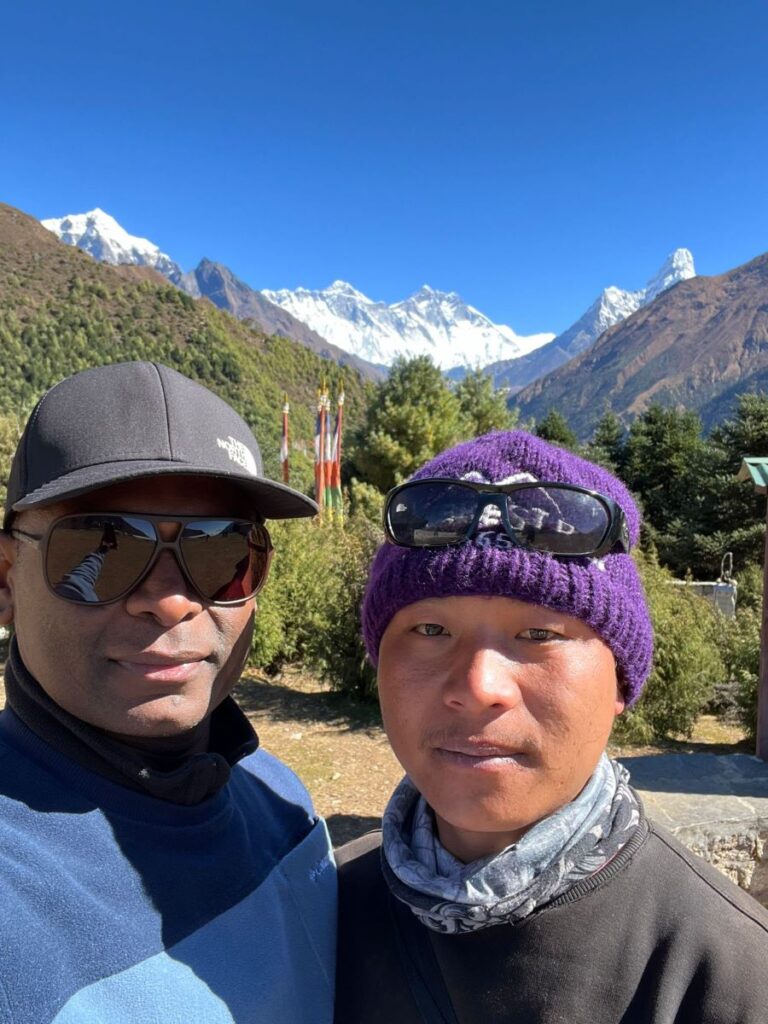
Depending on how you prefer to get organized booking directly with local trekking agents in Kathmandu. As well as one can hire good local guides and porters in Lukla. The lodge in Lukla that you use on the way back from Everest base camp can help you.
Organizing guides and porters at a reasonable cost, which will be much cheaper than in Kathmandu. From Kathmandu, one has to pay extra for transportation for the guide and porters, either by air or overland.
Hiring porters and guides at Lukla, trekkers have to pay a certain standard amount as declared by the Nepal Government. As well Tourism Department, the guide will be a good companion throughout the trek from Lukla to Lukla.
Having a guide to show you the wonders of Khumbu and Everest areas and places of interest. While choosing the porter should be 18 or above, not over-aged 60 years old, as per the law of the Porters Protection Act. The porters can carry as much as over 20 kgs, but due to the limit made by the Government. It should be 25 kg or below, the standard weight on trekking is 20-25 kg. The porter should be strong and healthy as well as cheerful, and friendly which makes the journey more enjoyable.
Please Note:
From 1st April 2023 onwards trekkers are not allowed to travel solo and without a guide and porter but not in Everest Region. Must be booked with reliable local companies Regisrated and Authorized by the Government of Nepal.
07: Get the trekking permits in Monjo or Lukla including Sagarmatha National Park entrance fees.
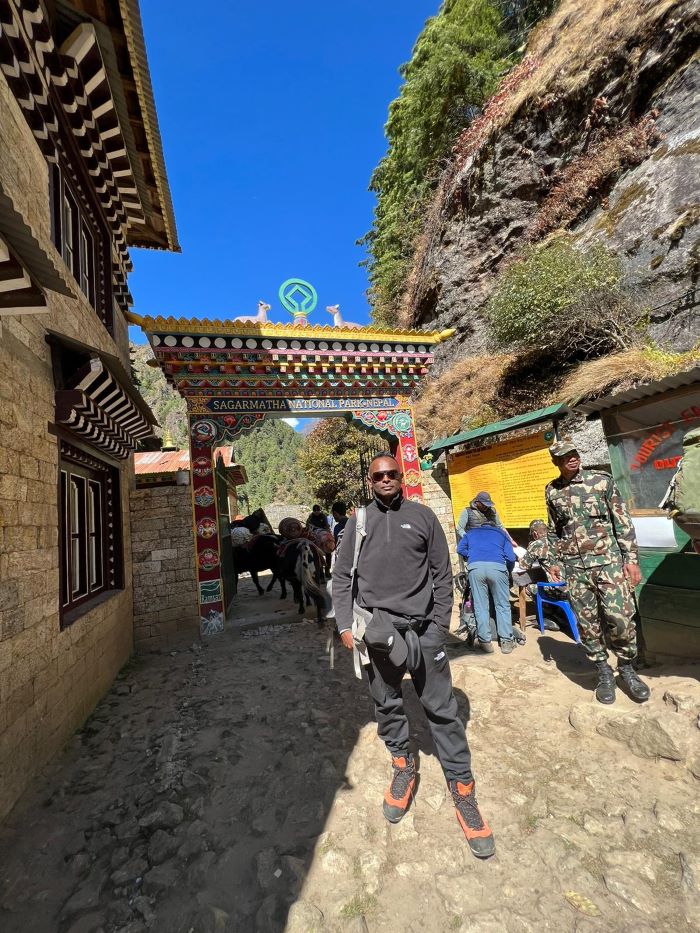
For other regions of trekking one needs to have a trekking permit called TIMS (Trekkers Information Management Systems). But for Everest areas and the Khumbu region to Everest base camp. The Khumbu village community charges each foreign visitor the entrance fee to Khumbu. Trekkers can obtain local trekking permits either in Lukla or onwards at Monjo. A nice village near the entrance of Sagarmatha National Park, where trekkers have to get another ticket to enter the national park.
The cost of trekking permits as per the duration of your itinerary is Nepali Rupees 2,000.00. Similarly the park entrance fee at the cost of NRS 3,000.00. Total of NRS 5,000.00. Should be paid in local currency or any other foreign convertible currency to the amount of both the trek and park fees.
08: Acclimatization in Namche Bazaar and at Dingboche
On Everest base camp the only toughest part of the scenic and adventurous walks is the gain of altitude. Where trekkers need to take things slowly, to avoid AMS or high altitude sickness. As well as having time to spend at a certain altitude, the right place and height is Namche Bazaar. Which is at 3,440 m / 11, 286 feet high, an ideal and nice moderate size town for acclimatization.
Namche Bazaar is the major hub for all Khumbu villagers as well as for trekkers. Where all can enjoy various facilities that Namche Bazaar has to offer besides the beautiful scenery of towering peaks. Most trekkers do spend an extra day in Namche Bazaar to support acclimatization, before heading to higher ground. For best acclimatization is to take a short hike above the altitude of Namche Bazaar for views and exercise. Then having rest and overnights in lower elevations help you to get acclimatized with sound sleep and a good appetite.
The next best place is Dingboche, close en route to Everest base camp, a scenic lovely settlement. Located amidst beautiful Imjatse Valley encircled by high stunning peaks. Dingboche is at 4,410 m high, the right spot for another acclimatization and to enjoy short climb view-points.
An enjoyable place of Dingboche for scenic acclimatization hikes and pushing hard, staying healthy and fit. For the next few days treks up to Everest base camp.
09: Book the respective Tea-House / Lodge well in advance.
The best way to enjoy Everest Base Camp Trek is to feel free and relaxed having no problems or difficulties. But one has to be aware that during the high peak season of trekking and mountaineering or other adventures. The Khumbu region can get crowded with trekkers, where rooms in lodges, and guest houses will be packed.
Trekkers should always check with the local agents in Kathmandu or reputed lodges en-route Everest base camp. If the rooms are available during your treks to Everest base camp both ways to Lukla. As per your itinerary days with designated overnight stops, like Phakding, Namche Bazaar, Tengboche, and beyond.
Make sure to book the rooms in respective lodges well ahead so that you might not be disappointed. The lodges in some places have limited rooms for twin-sharing rooms in dormitories. You will have to be lucky to find a room of your choice without any booking. It is always wise to book the rooms in the lodge at specific places for overnight halt. Some larger settlements like Dingboche and Pheriche have several good lodges from standard to deluxe and luxury types.
Especially in Lobuche and Gorakshep, the lodges are few, and in high seasons it will be full. Even though you have booked in advance, need to double-check and reconfirm. To make sure the lodge owners have recorded your name on the booking list.
10: Better to avoid meat products, and have vegetarian food on treks.
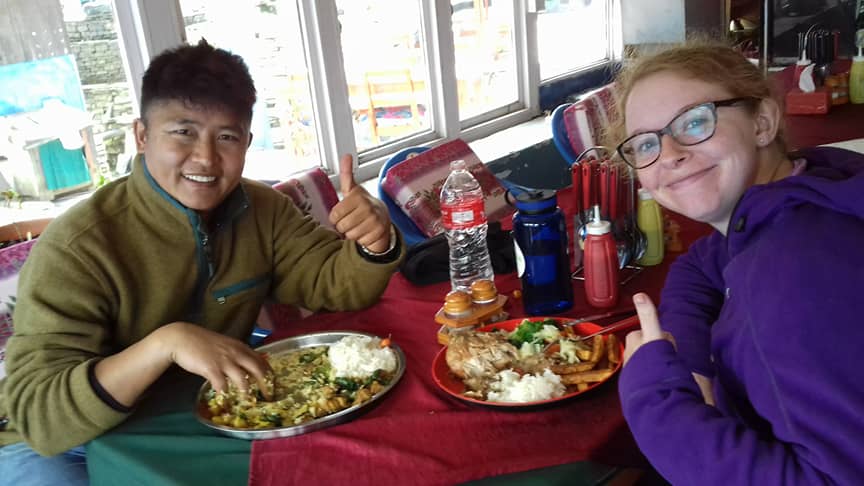
While on treks to Everest base camp, foods are the most important to keep all trekkers fit and healthy. Visitors will be amazed by the food that provides a long list of comprehensive menus in most good standard lodge restaurants.
The food menu includes set meals to La Carte’s breakfast with cereals, bread, and a variation of eggs. Includes good set lunch to snacks, dinner, and different types of hot and cold refreshments with bakery items.
Trekkers can enjoy food from Continental, Chinese, and Indian, as well as Italian, Japanese, Korean, and Mexican. Including Tibetan / Sherpa foods and the famous Nepali Dal Bhat with seasonal mild vegetables. Meats are listed on the food menu, but one should think twice before you order. As the meats are stale for a long time, bought from Namche Bazaar when the famous Saturday market takes place. As the Khumbu Sherpa follows strong Buddhism, where killing animals is forbidden, some menus do have Yak Steaks. But it happens to be Buffalo meat, as the Yak meat is scarce and is available sometimes. When it has fallen dead naturally or by accident, the Sherpa does not butcher or kill animals.
The meat items might be unhealthy and unhygienic, especially heading up to Everest base camp. It is better to be safe than being sick, be wise and careful on checking the food list. The best is to avoid meat items to enjoy the holiday around the Himalayas feeling good and safe from getting ill. It is far better to be a vegetarian on treks to Everest base camp. But people who are keen on meat products foods can enjoy them on the way back to Lukla, after completing the Everest base camp trekking.

